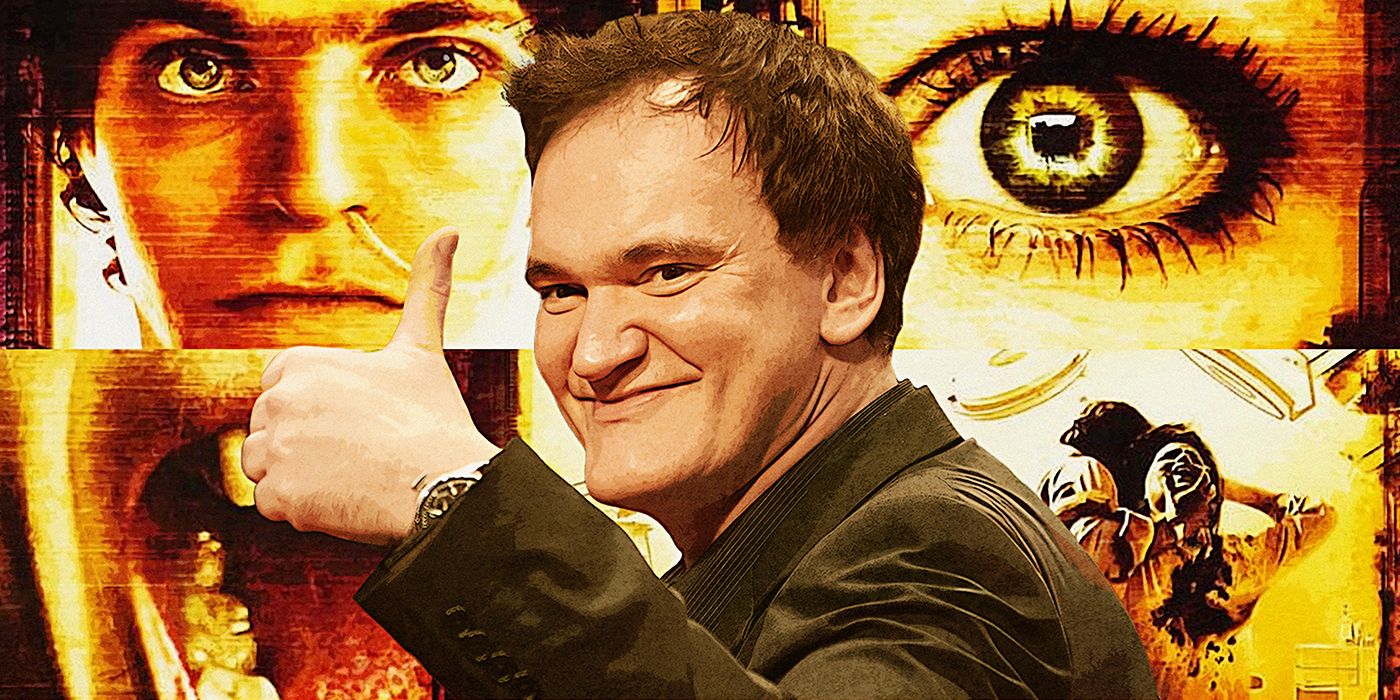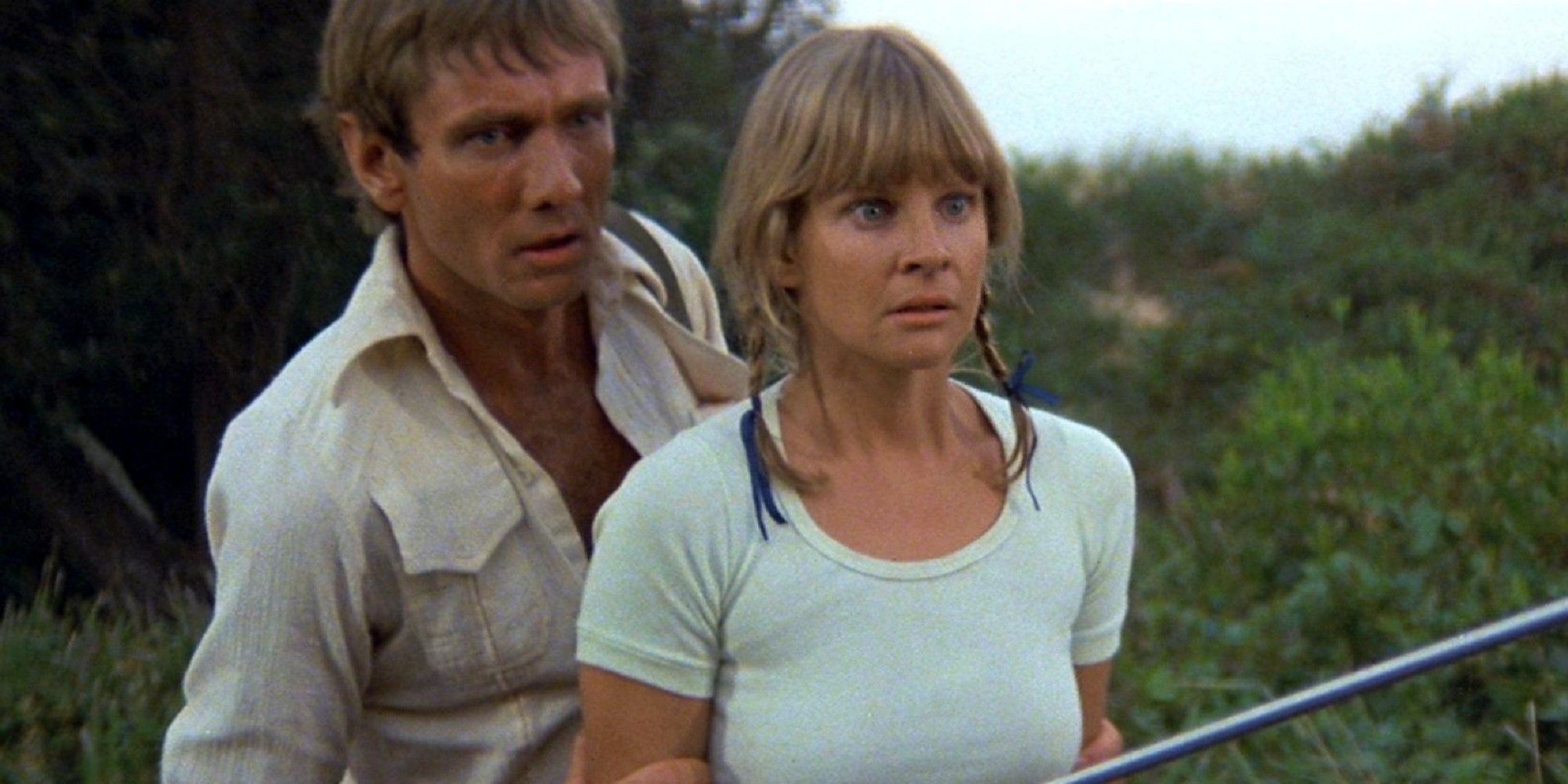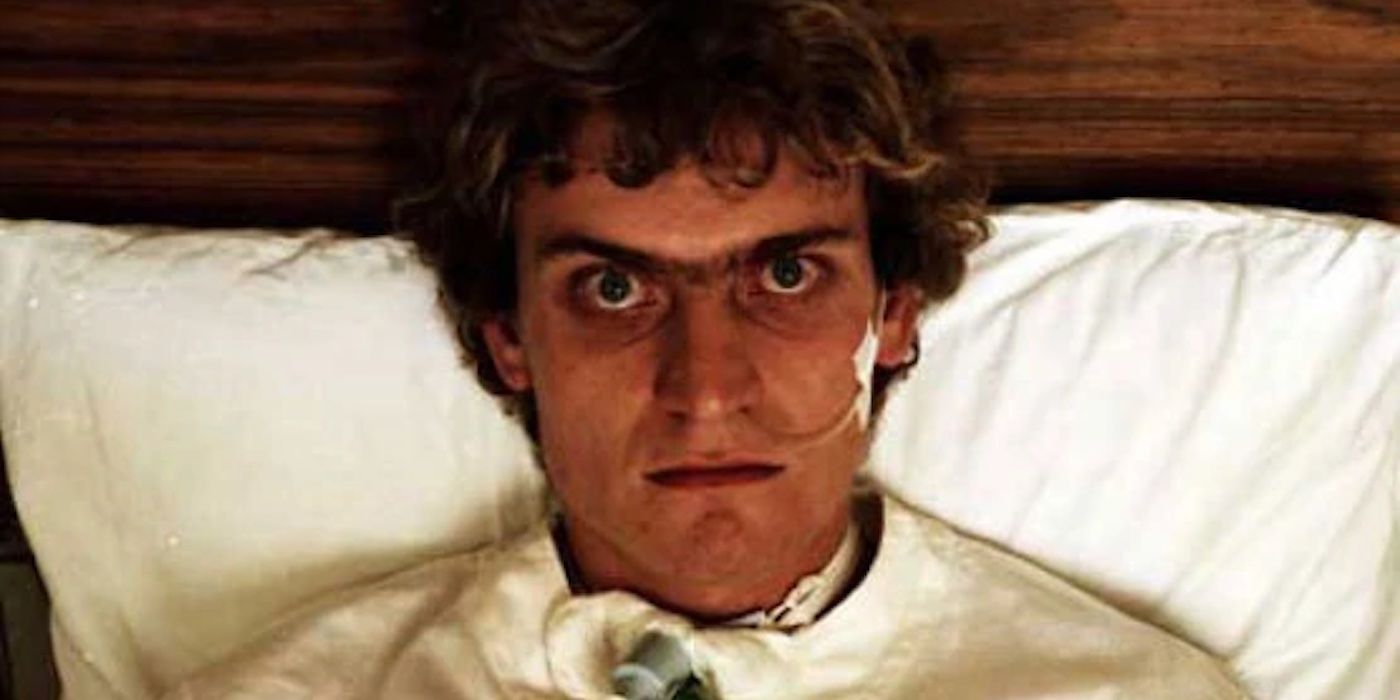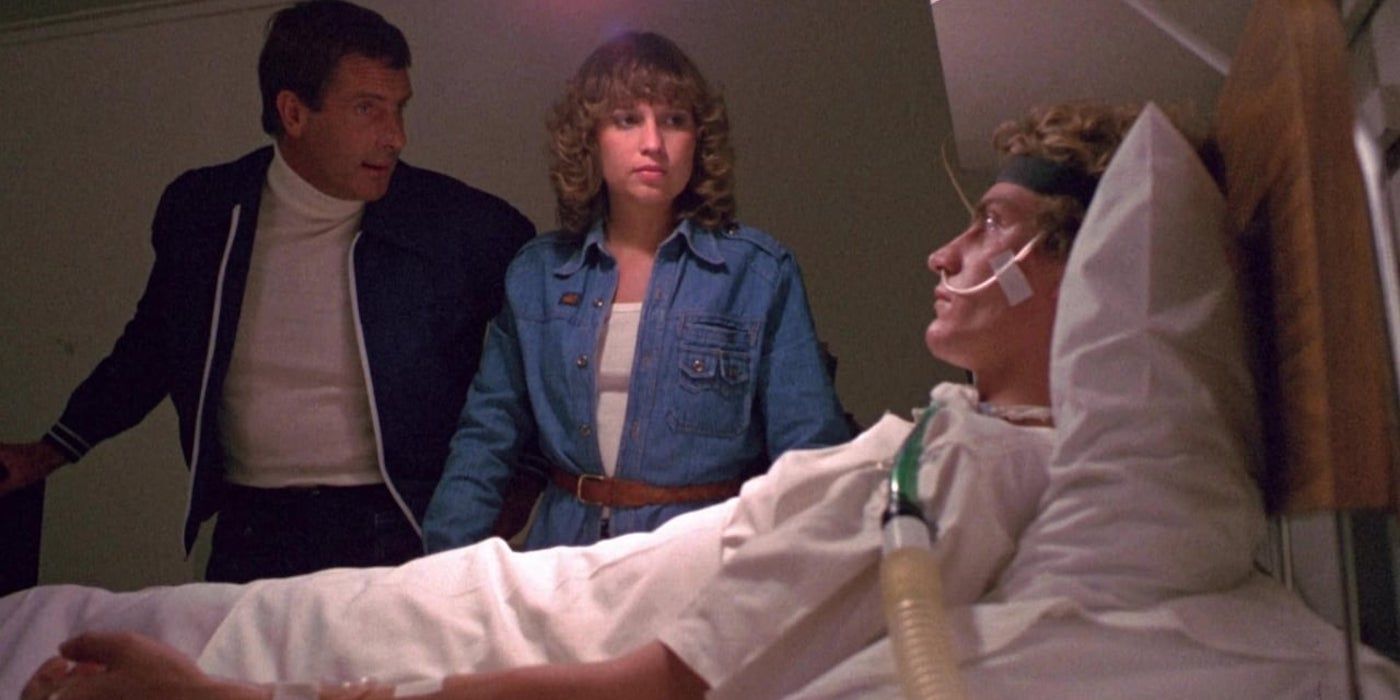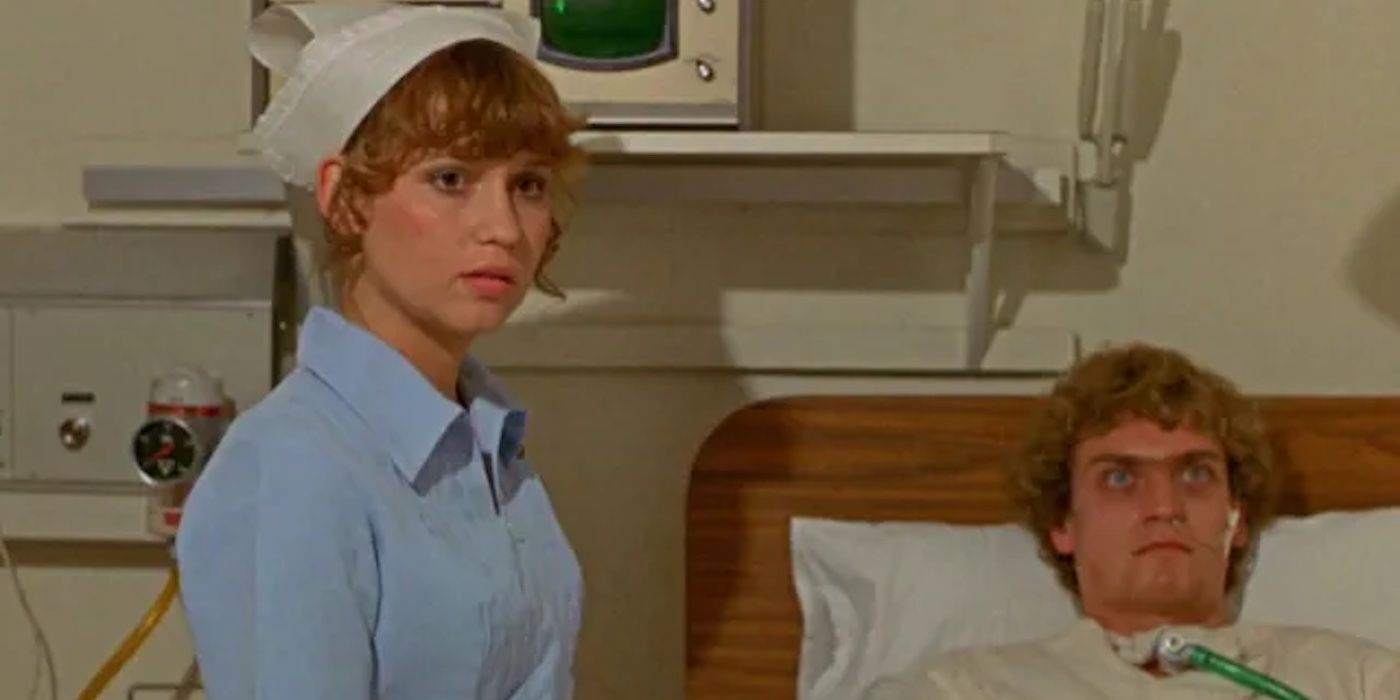It's forever interesting to hear of the films that inspire some of the leading directors plying their trade today. When more obscure titles are dropped as sources of inspiration from some of the filmmaking world's premier figures — one naturally feels inclined to hunt said flicks down, curiosity piqued. It's fascinating to learn the favorite films of people working in front of or behind the camera — as it's an insight into the eclecticism of those we admire. Quentin Tarantino is perhaps one of the most devoted cineastes going around, and it's fair to assume that in the many years he worked at a video store prior to his own career kicking off, he obsessed and puzzled over a smorgasbord of films, both celebrated and underrated, that would eventually influence his own films.
What Is 'Ozploitation'?
From Zapata Western vehicles to European horror, to brilliant and overlooked crime films of the 70s and 80s — Tarantino draws power from films of various persuasion, originating from the crevices and corners of every era imaginable. And for fellow film buffs, it's fascinating. One cinematic movement Tarantino is known to be fond of is the Ozploitation boom, which began in the 1970s. Referring to a period in Australian film history involving the production of often lower-budget thrillers and horrors made to shock (and occasionally appall), the Ozploitation epoch birthed some truly inventive flicks that may have eluded significant attention at their time of release but continue to find new audiences today. Many Ozploitation films, such as the bizarre eco-horror camping trip gone wrong thriller, Long Weekend, or the mystical marauding crocodile flick, Dark Age, carry an impenetrable power. A mythos of sorts.
Patrick, set in Australia's Melbourne, is a seriously weird film that marries together horror and sci-fi while exploring the world of hospital politics. It's a bizarre but arresting slice of Aussie genre filmmaking that Tarantino is a noted fan of — in fact, he is said to have been directly inspired by some of its more memorable scenes.
What Is 'Patrick' About?
For those unfamiliar with Patrick and its oddball plot, it's an eccentric ride to be sure, but it's a ride well worth taking. When we meet him, the titular villain (Robert Thompson) is a cast-off creature brimming with resentment. In a paroxysm of madness, Patrick lashes out, devastating the family home via a vicious, rage-driven attack. Time then jumps forward after the credits, and Patrick is now a cold, still-alive but barely functioning, vessel. Bound to a hospital bed, three years into a coma, and staring coldly at the ceiling, he is a husk devoid of any discernible life. The hospital staff complains about Patrick, lamenting about the space he occupies, and the general lack of mercy surrounding the whole situation. Enter Kathie (Susan Penhaligon), a plucky new nurse who, despite the icy disposition of the hospital's cold-blooded Matron Cassidy (Julia Blake), manages to land a job as Patrick's new nurse.
Kathie is forced to confront and contend with an ever-growing raft of challenges, including hierarchical power games and clandestine schemes. Providing bedside care to the unnerving, gawking Patrick is initially the least of her worries, as she looks to navigate a marital separation while trying to please the ambitious hospital owner Dr. Roget (Robert Helpmann). Kathie is a credible protagonist and as her plight deepens, and as her belief that Patrick may be more alive than meets the eye gathers steam, she is forced to bound through hoop after hoop to get anywhere near the truth. Patrick is a unique villain. The horrors of his past are only known to the audience as a result of the ear-splitting opening scene as it's barely mentioned by any of the characters, his supernatural ability means he is able to subject everyone in the vicinity to imminent danger.
'Patrick' Is a Slow-Burner Laced with Shocks and Dark Comedy
In much the same way Quentin Tarantino (on much bigger budgets) effortlessly sews together pulpy thrills and slick humor, Patrick doesn't shy away from occasional levity. It takes a while for the film's protagonist to ascertain that her patient is trying to not only communicate with her but also to send deadly messages from his bizarre semi-conscious plane. See, Patrick is able to mentally influence events from the confines of his hospital bed, and in one bizarre sequence, Kathie's new love interest (a fellow doctor) is pulled beneath the water of a pool by an invisible force, the implication being Patrick's telekinesis is fueled by a kind of bottled up, long-gestating rage. As a result, there are moments that pop up later in the film when a fed-up Kathie berates Patrick for taking her husband hostage (using his mind, of course). The humor is there, but it's subtle.
What's interesting about Patrick is the moral questions it raises in the background. While hardly a thematic focal point, Dr. Roget's determination to keep Patrick alive is apparently fed by his own desire to explore the line between life and death; the true nature of "life-force," what constitutes living, waking, and self-aware existence. As events escalate, it becomes clear that Matron Cassidy wants Patrick out of the way. Her demise is therefore orchestrated carefully by the immeasurably powerful patient. Kathie is tormented by Patrick in that he will only communicate directly to her, sibilantly exhaling when questioned and seizing control of the typewriter to hammer out ominous written messages in apparent out-of-body acts. When the electricity is manipulated and members of staff feel threatened upon approach, it appears that Patrick wields more control than any of the willfully ignorant members of staff care to believe (bar the young nurse). The flick goes from 0 to 100 in the last act, and it's schlocky enthralling fare.
Despite 'Patrick's Wild Plot, It Remains a Minor Cult Classic
Patrick could have explored some of its themes more profoundly, but on its own terms, as a strange, tonally shifting horror film with occasional flashes of sci-fi and gore — it earns its place as a minor cult classic in the pantheon of Ozploitation flicks chucked at audiences throughout the 70s and 80s. Ozploitation has earned its own documentaries in fact (Not Quite Hollywood: The Wild Untold Story of Ozploitation!). In one darkly humorous scene, Patrick spits at one of the nurses in the room (chalked up as a tic at the time) but clearly delivered with malice. Tarantino spoke of how this scene directly influenced a moment involving the Bride in Kill Bill in the aforementioned documentary, citing a fondness for the film.
Tarantino is an ardent lover of cinema in general, and his appreciation for Australian thrillers is evident in his own work. Patrick's director Richard Franklin later went on to helm the competently made Psycho II (which won a legion of fans including, you guessed it, Tarantino), and his proficiency for making pulpy genre films led by madcap central characters rings true in his maiden horror outing here. Patrick's raft of later renowned Australian character actors also helps it remain oddly grounded in spite of its kooky plot. And legendary cinematographer Donald McAlpine (Predator, Patriot Games) was also on board, lending a sweeping sense of Shining-esque grandeur at times (overhead shots) to a flick made on a small budget. Patrick is a curio for film completists to seek out, and for devout movie buffs, it's an endless source of fun to hear about the wide-ranging flicks that inspire directors of the present day.

